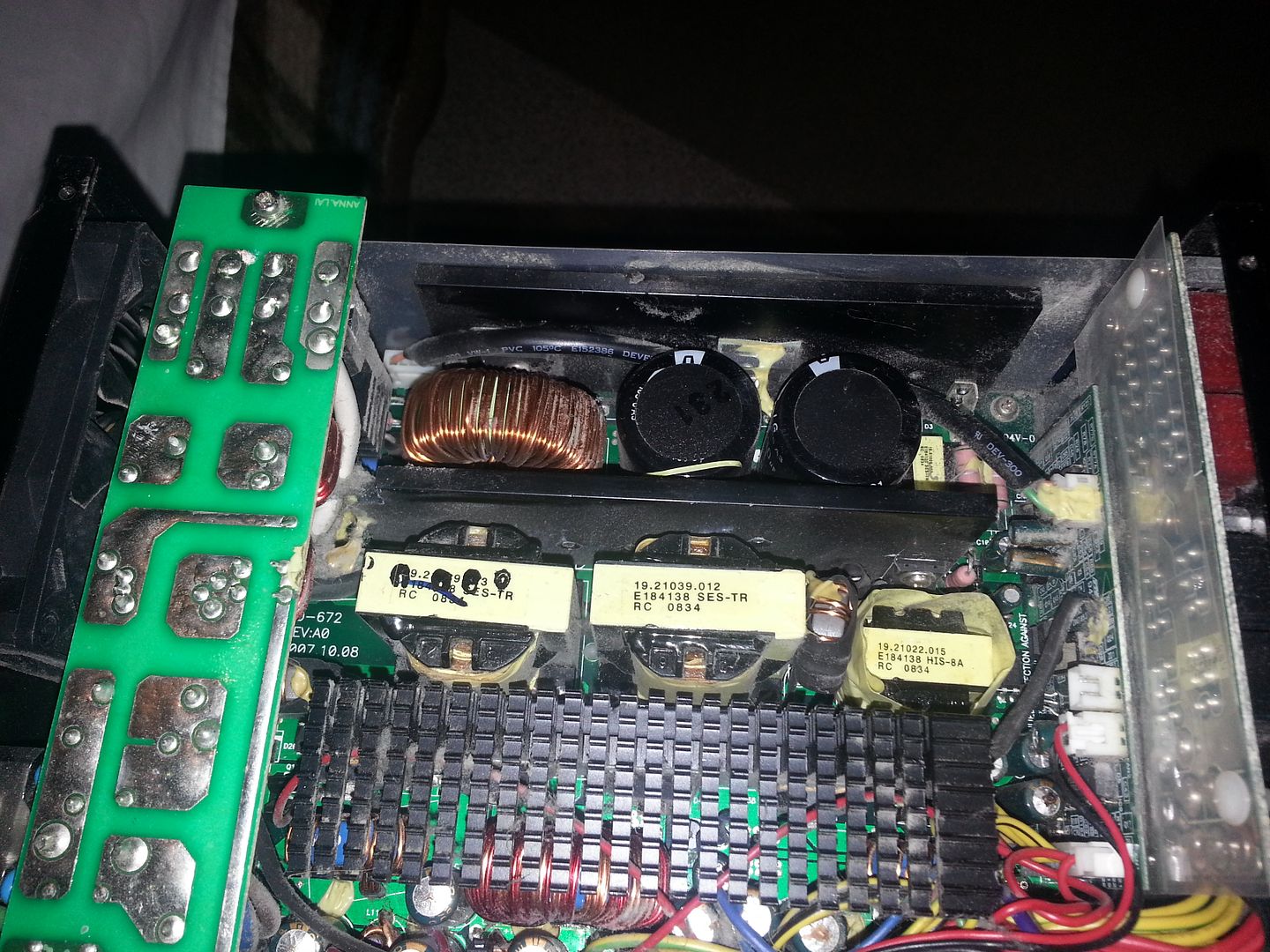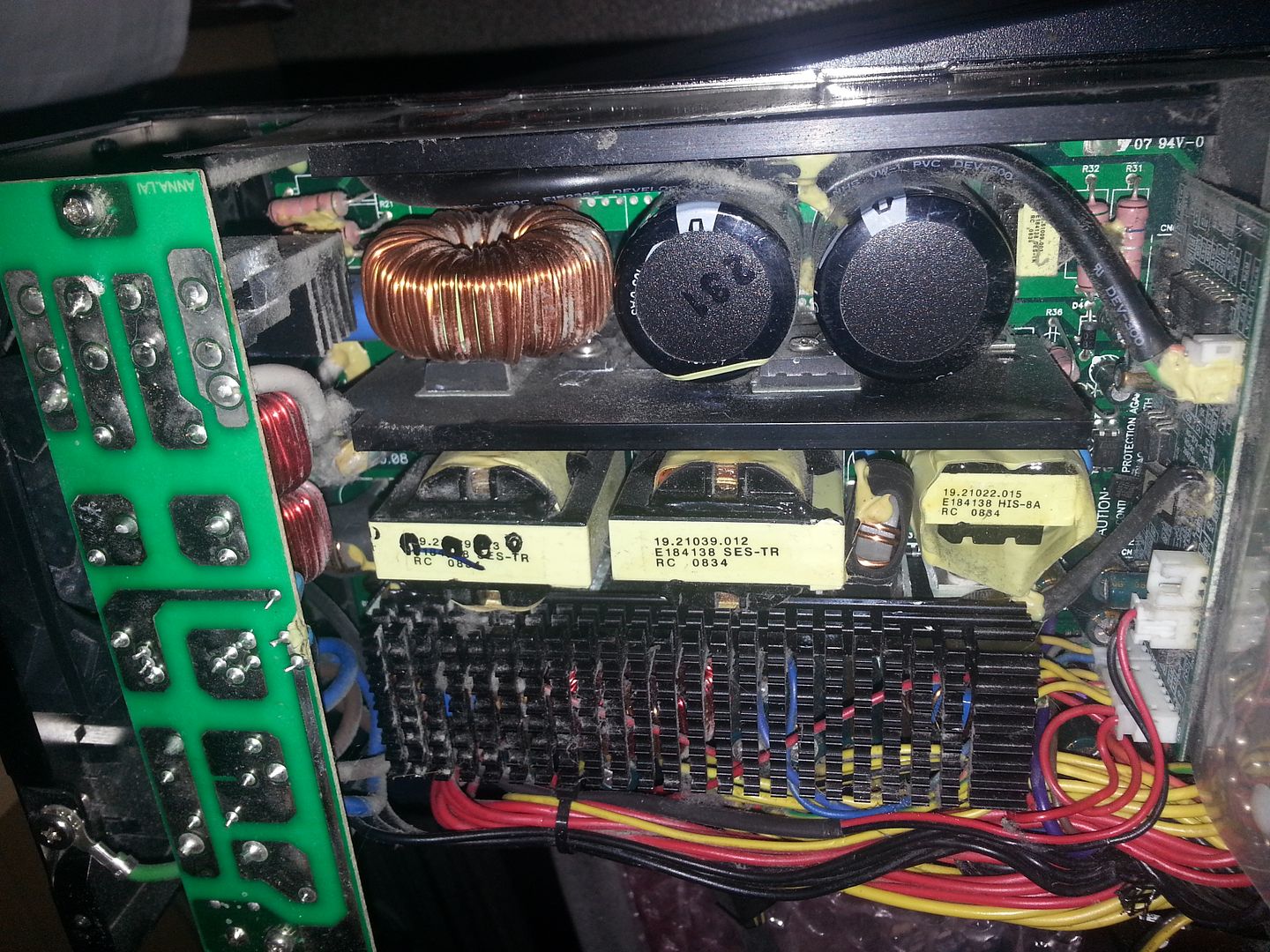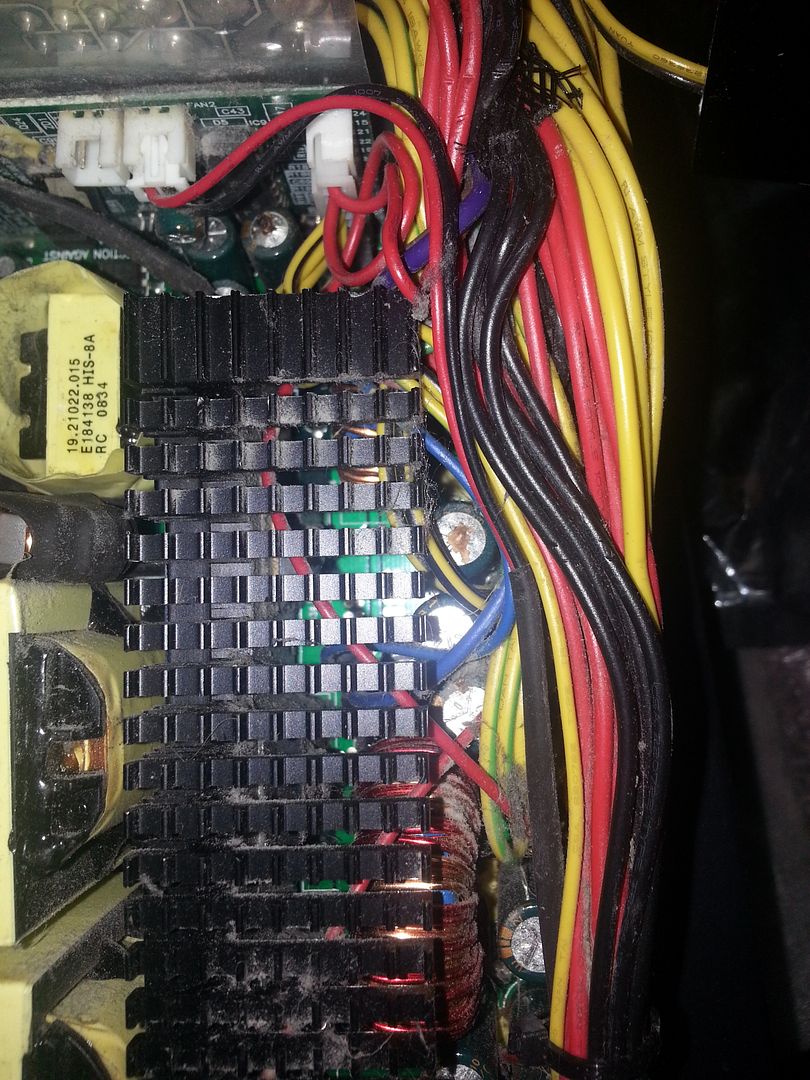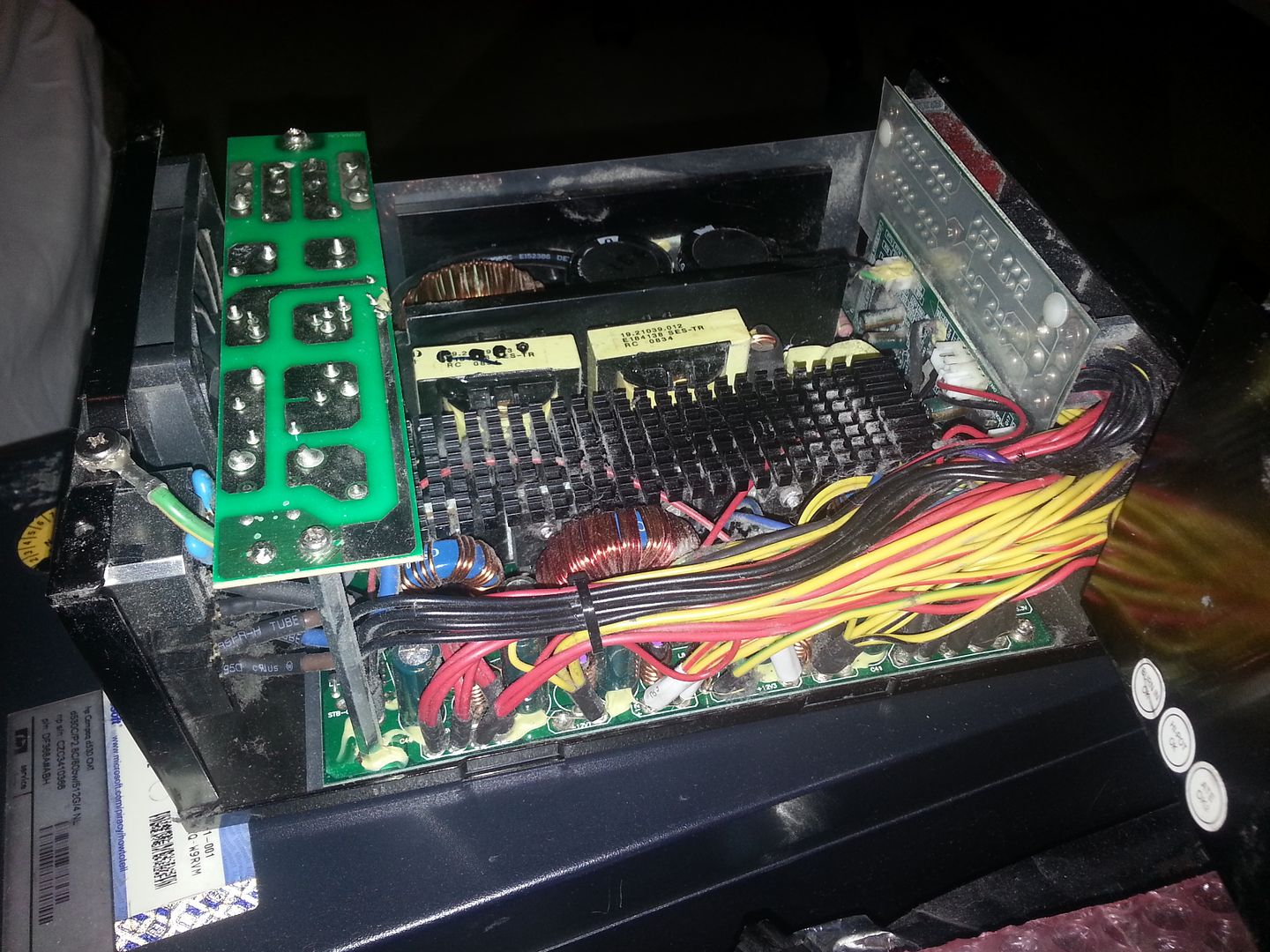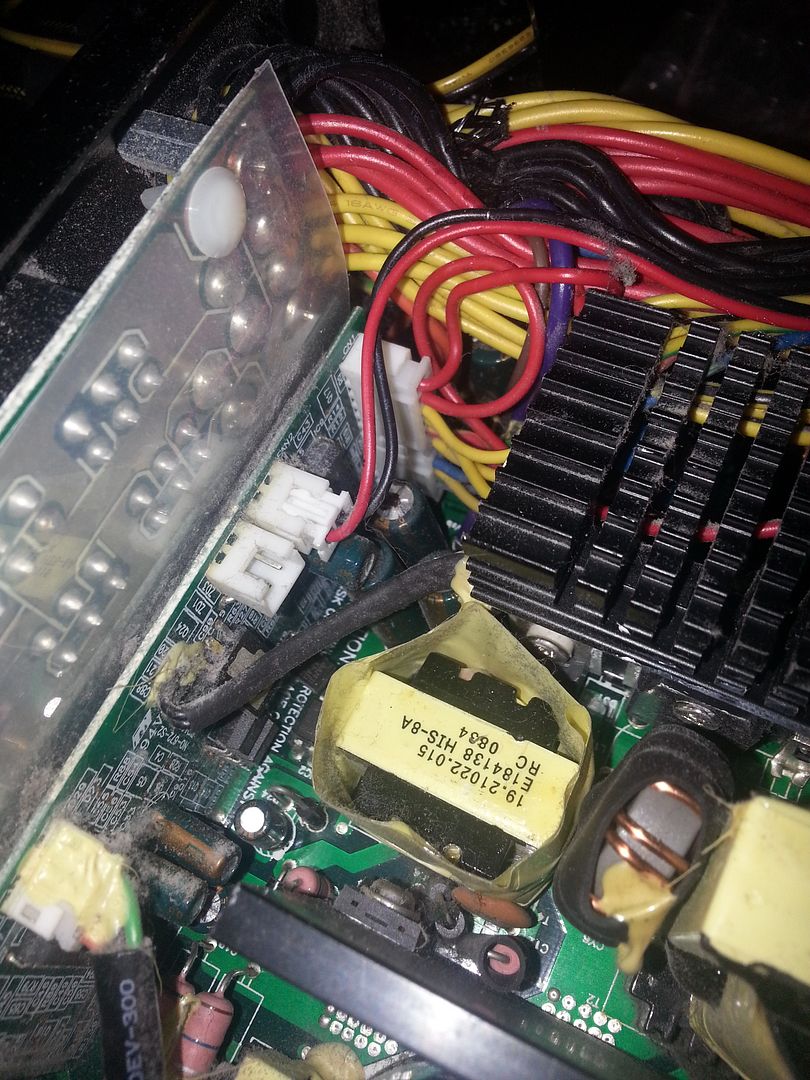alexanrs wrote:PCBONEZ wrote:I suspect the problem is that you are using PSUs with multiple 12v rails and the video card is overloading ONE of the rails.
Fro […]
Show full quote
I suspect the problem is that you are using PSUs with multiple 12v rails and the video card is overloading ONE of the rails.
From an engineering standpoint multiple 12v rails is a bad idea.
Multiple 12v rails was forced upon us by ignorant and stupid law makers in Europe.
(I can explain that in detail if anyone is up for a long rant.)
I'm actually curious. Is is an amperage limit? Like no circuitry in an electronic device should draw more than X amps? Because I can't imagine another reason, even though limiting amps on some 12V line is pretty stupid.
Some EU politicians got the bright idea that more than 20 amps available on any kind circuit could kill you - which is insanely stupid. (Back to that momentarily.)
So they passed a law such that no consumer accessible circuit could be more than 20 amps. (I think it was 20 amps. Something close to that anyway.)
Thus to be 100% legal in the EU a PSU can't have rails more than 20 amps. (I think many manufacturers are cheating now as no one in authority really looks.)
And since PSU manufacturers don't want to build special models just for the EU, EVERYONE else -world wide- was "blessed' with multiple rail PSUs.
First it takes WAY less than 20 amps to kill you - so the 20 amp limit was an ignorant idea to start with. Also the current through the body is determined by the voltage and the bodies resistance, NOT the current capacity of the voltage source.
Second, 12v DC (regardless of the circuits possible amperage) will never kill anyone because the resistance of the human body is such that 12v DC can not possibly create enough current through the body to the heart to put anyone in mortal danger.
Depending on where you look the "Kill Current" for DC is given as 300 to 500 milliamps ( 0.3 to 0.5 amps).
(AC is worse because it cycles. DC doesn't cycle. The usual number for AC is 100 milliamps ( 0.1 amp) for 1 second.)
- The 300 ohms below comes from USN training manuals for Electricians and Electronic Techs.
A human body that is soaking wet with sweat or seawater is 300 ohms or more from arm to arm or arm to foot - most likely routes through the heart when working on equipment.
Sweat and seawater are used by the Navy as they have salt content and are thus worse than being wet with plain water. ( IOW: A worst case scenario.)
Using Ohms Law and 300 Ohms, 12v is only going to result in 40 milliamps ( 0.04 amps) through the body (heart).
40 milliamps would hurt like a bugger but it's 7.5 times (750%) less DC current than what would kill you.
Also note that most people aren't going to be sopping wet or standing in seawater while they work on their PC.
Using 300 ohms is overkill in more realistic situations.
At least when I was 'in", no special precautions were required for working on -live- -DC- under 30 volts.
30v DC and up required rubber gloves, rubber mats, barriers, signs and so forth. Below 30v DC those were optional.
At 30v DC you would only have 100 milliamps (on 300 ohms) so that requirement still has a 3x safety margin.
There are places that say 30v may kill you, however that is ONLY for AC voltage. They usually leave that part out.
...
Being deliberately stupid is an exception.
I know of one case where a moron managed to kill himself with 9v DC.
He used sharpened meter probes and stuck them in his veins supposedly to measure the resistance. (Most of a human's resistance is in the skin.)
Blood has salt content and is literally a conductor that runs straight to the heart, thus the resistance was way lower than 300 Ohms.
No Law is going to protect people THAT stupid from killing themselves.
[ I did not know anyone involved in that. I read it in an incident report.]
...
Anyway - My point is that multiple 12v rails would not even exist were it not for politicians with no technical knowledge what-so-ever passing laws regarding technical matters.
THEY are STUPID so WE have to deal with more PITA technical problems (like balancing rail loading) and pay out more for PSUs that are more costly to manufacture.
- Just pisses me off. (Can you tell?)
.
GRUMPY OLD FART - On Hiatus, sort'a
Mann-Made Global Warming. - We should be more concerned about the Intellectual Climate.
You can teach a man to fish and feed him for life, but if he can't handle sushi you must also teach him to cook.
